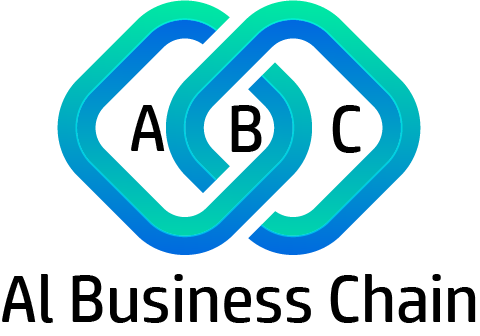Overall, data center management and monitoring are critical functions that help ensure the ongoing availability and performance of the data center, protecting critical business operations and customer data.
Drivers:
The drivers for data center management can vary depending on the specific needs of an organization, but some common drivers include:
• System uptime and availability: Ensuring that IT systems and applications are always available and performing at their best.
• Security: Protecting against potential security breaches and unauthorized access to IT systems and data.
• Compliance: Meeting regulatory compliance requirements and industry standards.
• Cost efficiency: Optimizing IT resources and reducing operational costs.
• Performance optimization: Improving IT system performance and scalability.
• Disaster recovery: Ensuring that data is backed up and recoverable in the event of a disaster or system failure.
• Capacity planning: Planning for future growth and scaling of IT systems and applications.
• Proactive problem detection: Detecting and resolving IT system issues before they become critical and impact business operations.
Effective data center management can help organizations achieve these drivers by providing centralized control and monitoring of IT systems and applications. By automating routine tasks, optimizing IT resources, and providing real-time visibility into the performance and security of IT infrastructure, data center management tools can help organizations reduce downtime, increase operational efficiency, and improve the overall performance of their IT environment.
Management Technologies:
Monitoring technologies are tools and systems that are designed to monitor and measure the performance, availability, and security of IT systems and applications. These technologies are used to detect issues, troubleshoot problems, and prevent downtime or data loss.
Here are some examples of monitoring technologies: • Network monitoring: This involves monitoring the performance and availability of network devices, such as routers, switches, and firewalls. Network monitoring tools can detect issues such as bandwidth congestion, packet loss, and network outages.
• Server monitoring: This involves monitoring the performance and availability of servers, such as CPU usage, memory usage, disk usage, and application performance. Server monitoring tools can help identify issues before they become critical, allowing administrators to take proactive action.
• Application monitoring: This involves monitoring the performance and availability of applications, such as web applications, databases, and email servers. Application monitoring tools can detect issues such as slow response times, error messages, and application crashes.
• Cloud monitoring: This involves monitoring the performance and availability of cloud-based services, such as Infrastructure as a Service (IaaS), Platform as a Service (PaaS), and Software as a Service (SaaS). Cloud monitoring tools can help organizations ensure that their cloud-based services are performing as expected.
Effective monitoring technologies are critical for ensuring the ongoing performance, availability, and security of IT systems and applications. By detecting issues early and allowing administrators to take proactive action, these technologies can help prevent downtime, data loss, and security breaches.
Management Solutions:
There are many solutions available for data center management, including:
• Data center infrastructure management (DCIM) software: DCIM software provides a centralized view of all physical and virtual assets in the data center, including servers, storage, networking equipment, and power and cooling infrastructure. It can also monitor environmental factors like temperature and humidity to optimize performance and reduce costs.
• Network management tools: These tools monitor and manage network devices and infrastructure, including switches, routers, firewalls, and load balancers. They can help ensure optimal network performance and provide advanced analytics and troubleshooting capabilities.
• Server management software: Server management software provides centralized control and monitoring of servers, including configuration, updates, and patches. It can also automate routine tasks and provide real-time alerts and insights to help reduce downtime and improve performance.
• Storage management solutions: Storage management solutions enable administrators to monitor and manage storage resources across the data center, including physical and virtual storage devices, storage area networks (SANs), and network-attached storage (NAS) devices. They can help ensure optimal storage performance and availability and provide advanced features like data deduplication and compression.
• Cloud management platforms: Cloud management platforms provide tools for managing cloud resources and environments, including public, private, and hybrid clouds. They can help organizations optimize cloud usage, control costs, and ensure compliance with policies and regulations.
These solutions can help organizations optimize their data center operations and improve the performance, availability, and security of their IT infrastructure.

